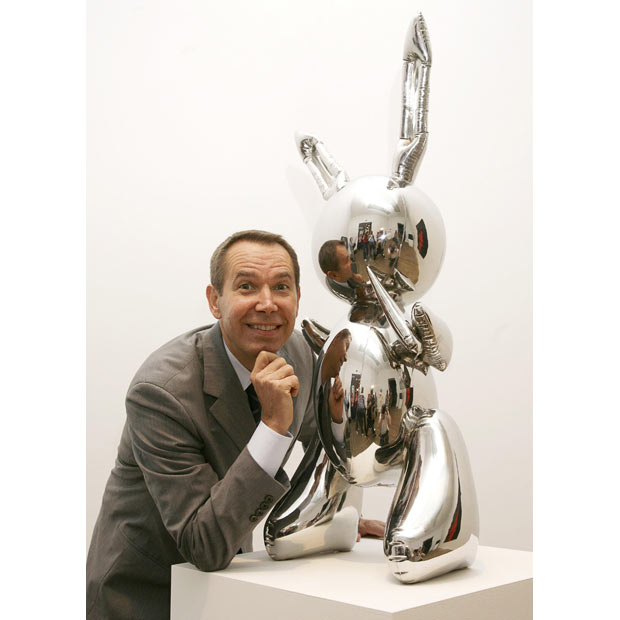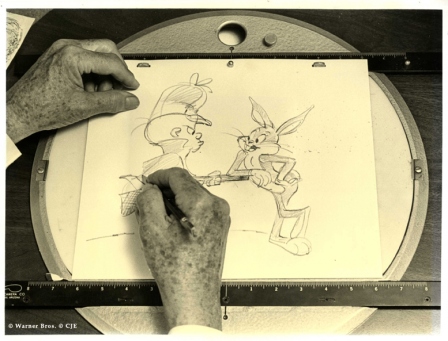Insect Dreams: The Half Life of Gregor Samsa is a sequel to Franz Kafka‘s short-story The Metamorphosis, written in 2002 by Marc Estrin.
Rather than being thrown away like trash, Gregor Samsa was secretly sold to a Viennese sideshow by the Samsas’ chambermaid. He then met various figures like Ludwig Josef Johann Wittgenstein, Oswald Spengler and Albert Einstein and witnessed American Prohibition, the Scopes trial, was involved in Alice Paul‘s feminist movement, encountered the Ku Klux Klan, and conferred with U.S. President Franklin D. Roosevelt, and Robert Oppenheimer. The novel made allusions to post-World War I Vienna through the Manhattan Project in Los Alamos, New Mexico. Reciting Rainer Maria Rilke and discoursing on Spengler’s Decline of the West, Gregor attracts the attention of writer Robert Musil, who tells him that although western humanity is finished, that “Society…is in a larval state. What it needs is a larval model to lead it onward, upward, and out of the corral,” and Gregor is that larval model, his ironic task being to teach us what it means to be human.
Estrin was born in Brooklyn, New York. He attended Queens College, studying chemistry and biology, then studied theater directing at UCLA. Estrin came to novel-writing late. In the fall of 1998, he and his wife Donna were on holiday in Prague and decided to visit the grave of Franz Kafka, whose work had always been important to him. His father had challenged him to read Thomas Mann‘s The Magic Mountain during the summer before he attended college. He left a note on the grave, inviting Kafka to drop by if he ever found himself in Burlington. Estrin said that the concept, an outline and the opening episodes of Insect Dreams arrived in Vermont one morning at 3 AM, three weeks after he visited Kafka’s grave. Insect Dreams appeared from BlueHen/Putnam in 2002. Since then it has been re-released (by Unbridled Books). Through the 1960s he worked in various repertory theaters in the United States, including the Pittsburgh Playhouse and the San Francisco Actor’s Workshop. But the Vietnam War and Bertold Brecht inspired him to become politically active.



















 Chuck Jones and Bugs Bunny
Chuck Jones and Bugs Bunny




